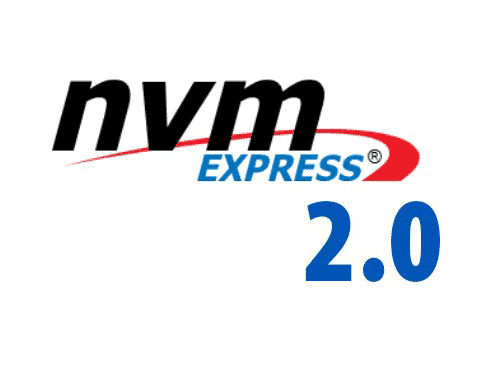Did you know that the NVMe storage has reached its 10th anniversary? The storage defined the latest speed in reading and writing the power of storage devices. And to celebrate the event, the technology received its upgraded 2.0 spec sheet.
Looking at the spec sheet, we found that the most significant change from version 1.4, which was launched 2 years ago, is the overall spec reorganization. It helps to reflect better the broader uses of the interface, which includes the PCIe block storage protocol of choice, and even the network storage protocol and other different storage paradigms.
However, one aspect remains that the NVMe 2.0 does not add anything relevant for client SSDs, which will soon be moving to PCIe 5.0 technology.
Here is a list of the most notable features introduced with the 2.0 specs:
- A more modular approach to specs
- The base spec now includes both locally-attached devices and NVMeoF (over Fabrics)
- Consumer SSDs need to use a PCIe transport spec and block storage command set.
- Other transport specs include networked NVMe over Fabrics through TCP or RDMA
- Other command set options include Zoned Namespace and Key-Value
- Adds standard capacity management mechanism for endurance groups and NVM sets
- Adds a new Domains layer of partitioning for massive NVMeoF appliances
- A new system for handling multiple commands sets now makes it possible for different namespaces behind the same controller to support different command sets, rather than requiring all namespaces to support all of the commands sets their parent controller supports
- The computational storage command set is still in development and not ready for standardization
- Extends the existing Protection Information support from supporting 16-bit CRCs to also supporting 32-bit and 64-bit CRCs for enterprise use cases
- New security feature called Command Group Control that uses a new Lockdown command: can be used to put a drive in a state where both ordinary reads and writes are allowed, but various admin commands are locked out, so the drive’s other features cannot be reconfigured.
- Explicit support for hard drives: enterprises can unify their storage networking with NVMe over Fabrics and drop older protocols like iSCSI







